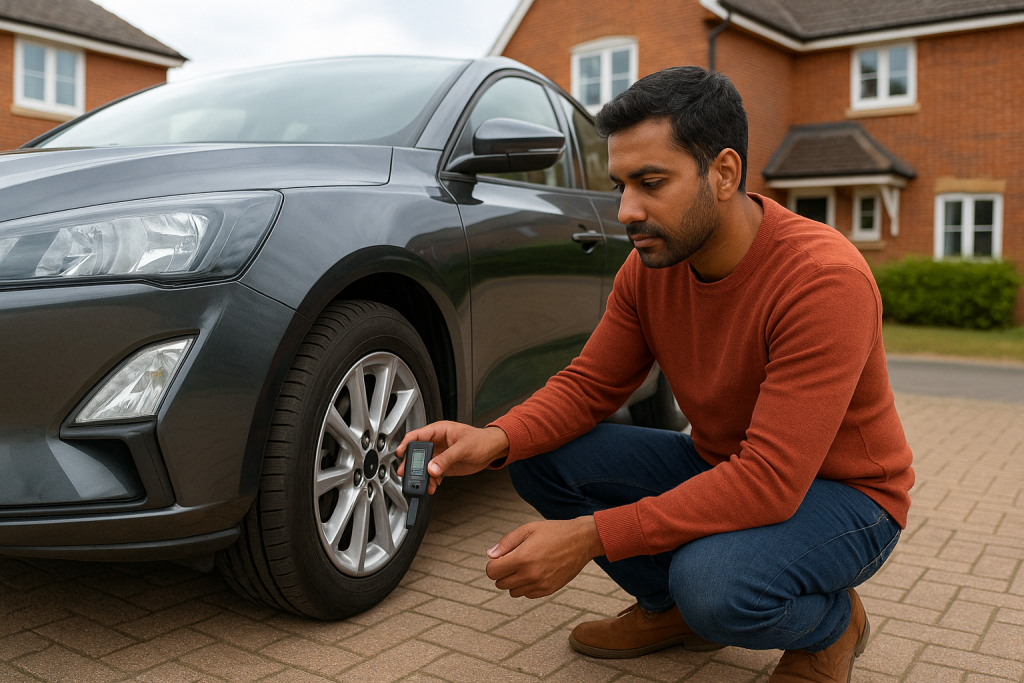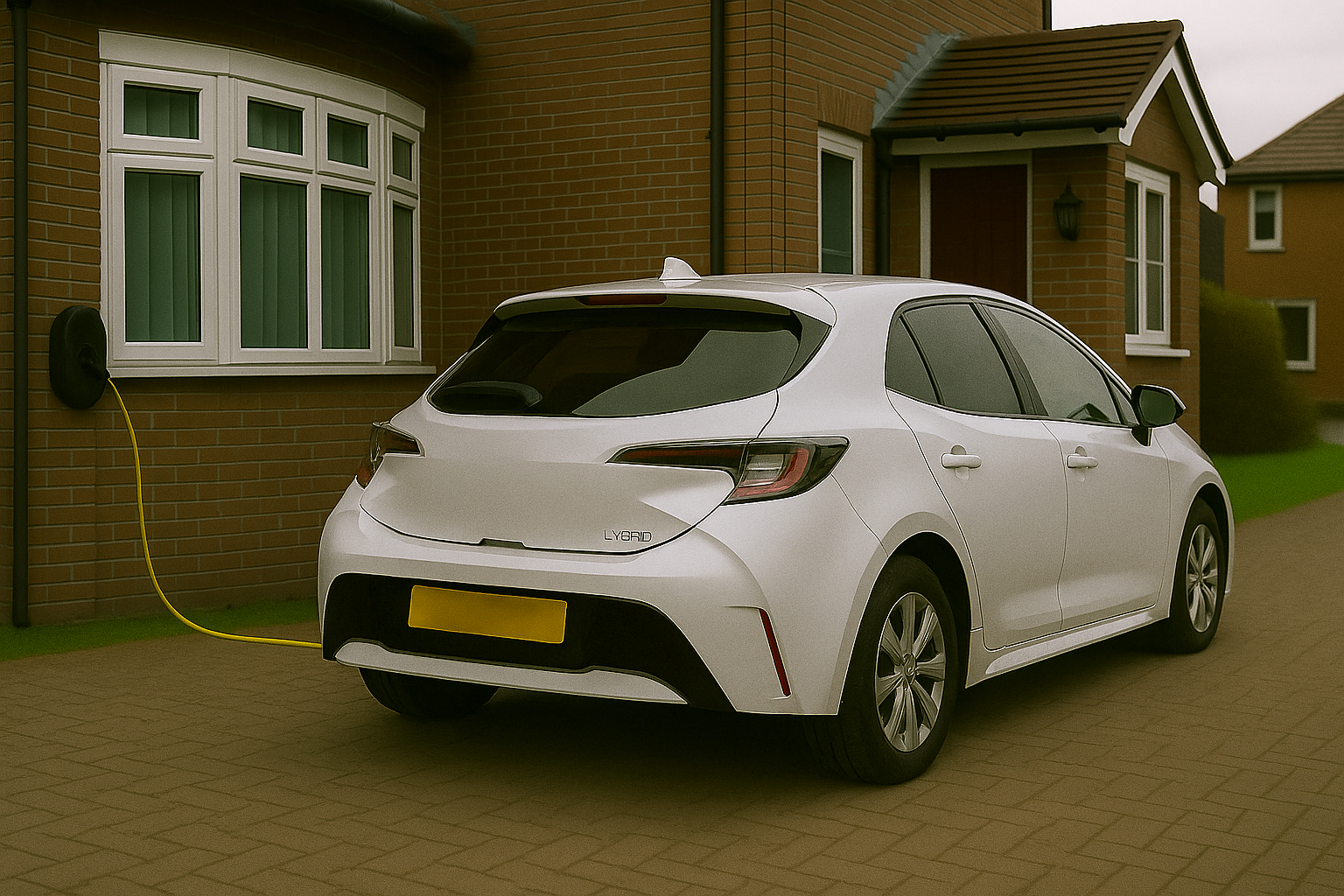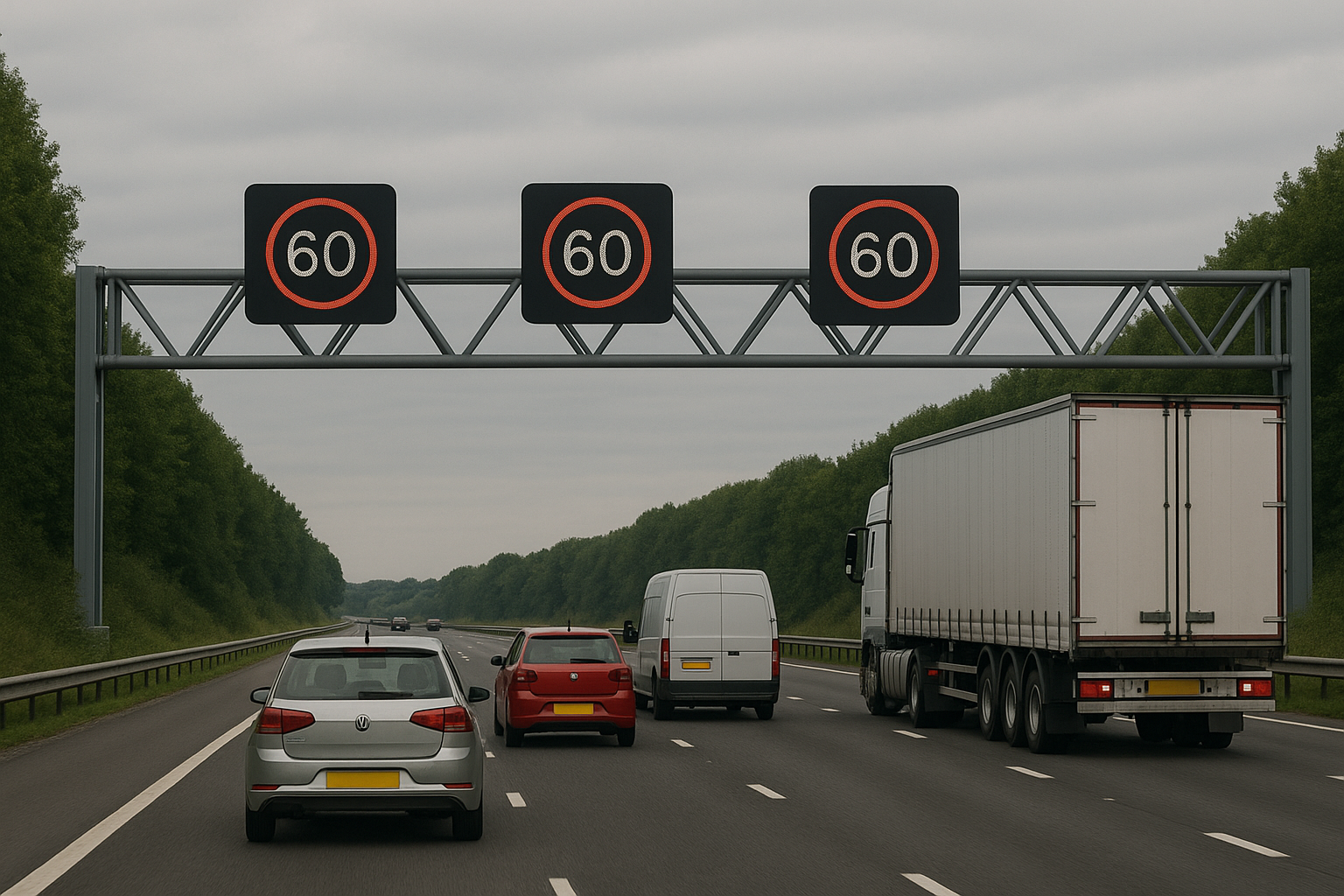Tyre Maintenance Tips UK: How to Save Money and Stay Safe on the Road
When it comes to staying safe behind the wheel, your tyres are far more important than most drivers realise. They’re the only part of your vehicle that actually touches the road, influencing how well you steer, stop, and handle in every condition. With the right care and understanding, you can extend tyre life, boost fuel efficiency, and keep your car performing as it should — safely and cost-effectively.
In this guide, we’ll cover the most practical tyre maintenance tips UK drivers can use to make tyre care simple. From choosing the right type to checking tread depth and spotting warning signs, you’ll learn how to keep your tyres in top shape.
1. Why Tyres Deserve Your Attention
Many motorists overlook tyres until a puncture or MOT test forces them to take notice. But a well-maintained set of tyres can make all the difference between a confident drive and an unsafe one.
Proper tyre maintenance ensures:
Better grip and braking in all weather conditions.
Improved fuel efficiency, saving money on every journey.
Longer tyre lifespan, reducing replacement costs.
Compliance with UK road laws, avoiding fines and penalties.
By following regular tyre maintenance tips UK motorists can not only stay safer but also make their money go further.
2. Understanding Tyre Types in the UK
Before you can maintain your tyres properly, it helps to know what you’re driving on. UK roads experience everything from heavy rain to ice, so choosing the right tyres for the season can have a big impact.
Summer Tyres: Designed for mild to warm weather, offering better handling and shorter braking distances on dry roads.
Winter Tyres: Built with softer rubber and deeper treads for improved traction in cold, icy, or snowy conditions.
All-Season Tyres: A balanced option for year-round use in the UK’s mixed climate.
Some vehicles also use run-flat tyres, which allow limited driving even after a puncture. While they offer convenience, they can cost more and may not suit every vehicle type.
When replacing tyres, always match the size and rating recommended by your car’s manufacturer. The sidewall markings (for example, 205/55 R16 91V) tell you the width, profile, rim size, load index, and speed rating. Understanding these basics is one of the most useful tyre maintenance tips UK drivers can learn.
3. Checking Your Tyres Like a Pro
Keeping an eye on your tyres doesn’t require special tools or mechanical expertise. A few simple checks can prevent major problems.
Tread Depth
The legal minimum tread depth in the UK is 1.6mm across the central three-quarters of the tyre. Anything below that can reduce grip and increase braking distance — especially in wet weather.
Use the 20p test: place a 20-pence coin into the main tread groove. If the outer band of the coin is visible, your tyres are too worn and should be replaced.
Tyre Pressure
Incorrect tyre pressure affects fuel economy and safety. Over-inflated tyres can wear unevenly, while under-inflated ones increase rolling resistance and fuel use.
Check your pressure at least once a month and before long trips. You’ll find the correct pressures listed in your car’s handbook or inside the fuel cap.
Visual Inspection
Look for cracks, bulges, embedded objects, or uneven wear. These can all signal issues like alignment problems or internal tyre damage. Spotting these early helps you avoid blowouts or costly replacements later.
Adding tyre check reminders to your Motor Bridge Virtual Garage is a smart way to stay consistent with these checks.
4. Common Tyre Problems and What They Mean
Even with good maintenance, tyres experience wear and tear. Knowing how to interpret early warning signs can prevent breakdowns.
Uneven Wear: Often caused by poor wheel alignment or suspension issues.
Vibration at Speed: Could indicate wheel imbalance or a damaged tyre.
Cracking or Bulging: Signs of ageing rubber or internal damage — replacement needed immediately.
Slow Pressure Loss: Usually caused by a valve issue or a small puncture.
If you experience any of these, visit a professional for a full inspection. Reputable garages can assess whether a tyre can be repaired or must be replaced. Always ensure repairs follow British Standards (BS AU 159).
5. Extending Tyre Life and Saving Money
One of the best tyre maintenance tips UK drivers can follow is adopting habits that extend tyre life. Small adjustments to your driving style and care routine can make a noticeable difference.
Rotate Tyres Regularly: Switching front and rear tyres every 6,000–8,000 miles promotes even wear.
Keep Tyres Inflated: Correct pressure reduces rolling resistance, which saves fuel.
Drive Smoothly: Harsh braking and rapid acceleration accelerate wear.
Avoid Hitting Kerbs and Potholes: These cause sidewall damage and alignment problems.
Check Wheel Alignment: Misaligned wheels can wear tyres unevenly and waste fuel.
These are small steps, but collectively they can save you hundreds of pounds over the life of your car.
6. When to Replace Your Tyres
Knowing when to replace your tyres is essential for safety and legal compliance.
Replace tyres when:
Tread depth falls below 1.6mm (the legal limit).
There are cracks, bulges, or exposed cords.
You experience persistent vibration or handling issues.
Tyres are older than six years, even if they appear in good condition.
Age affects rubber flexibility and strength, which can lead to sudden failures. If unsure, ask your garage to check the DOT code on the sidewall, which shows the tyre’s manufacturing date.
7. Responsible Tyre Disposal
Old tyres must be disposed of properly to protect the environment. Most garages and recycling centres can handle this safely, ensuring materials are reused or repurposed. Fly-tipping or illegal dumping of tyres can result in fines.
Environmentally responsible disposal is part of good car ownership.
8. How Weather Affects Tyre Care
The UK’s variable weather can take its toll on tyres. Understanding how conditions affect rubber helps you adjust your maintenance routine accordingly.
Cold Weather: Tyre pressure drops as temperatures fall, so check it more often in winter.
Hot Weather: Prolonged heat can increase pressure and accelerate tread wear.
Wet Conditions: Worn tyres significantly increase aquaplaning risk — always keep tread above 3mm for best performance.
Adapting to seasonal changes is a proactive way to keep your vehicle reliable all year round. Incorporate these checks into your tyre maintenance tips UK checklist for seasonal driving.
9. The Link Between Tyres, Fuel Efficiency, and the Environment
Few drivers realise just how closely tyre health relates to fuel use. Under-inflated tyres increase rolling resistance, forcing your engine to work harder and consume more fuel.
Well-maintained tyres:
Reduce CO₂ emissions.
Improve mileage.
Help lower long-term maintenance costs.
Choosing energy-efficient tyres with high EU label ratings can also cut running costs. Combining proper maintenance with eco-friendly driving habits helps the planet as much as your wallet.
Motor Bridge’s goal is simple: make car ownership easier, safer, and smarter.
Final Thoughts
Tyres might not be the most exciting part of your vehicle, but they are one of the most important. Paying attention to them can prevent accidents, save money, and even improve your car’s performance.
Following these tyre maintenance tips UK ensures your vehicle stays road-ready all year long. Make tyre care a habit – not a hassle.
The next time you check your tread or adjust your pressure, remember: a few minutes of tyre maintenance today can mean miles of safe, efficient driving tomorrow.
Why not take a look at Motor Bridge UK’s Tyre Solutions page?




